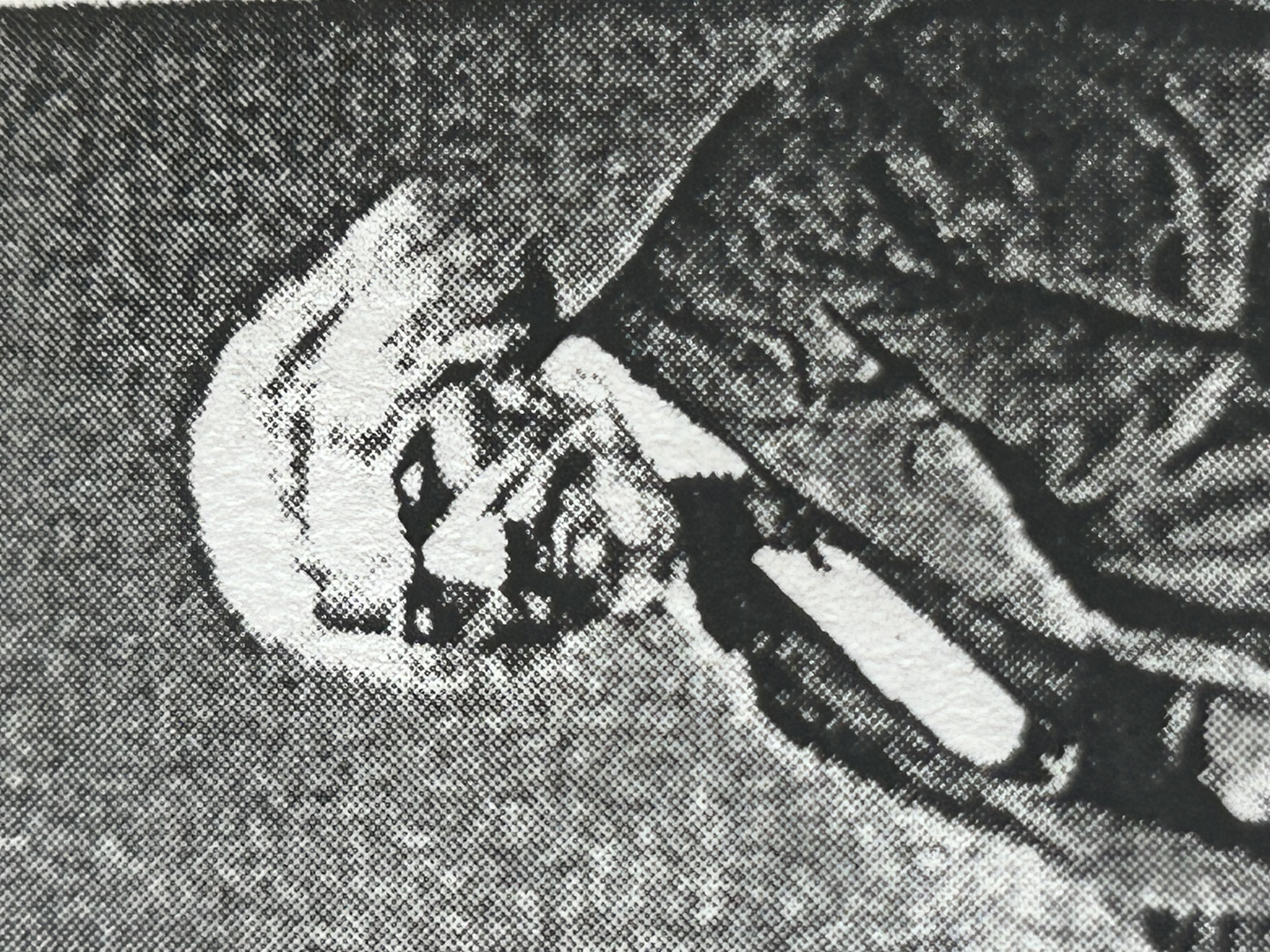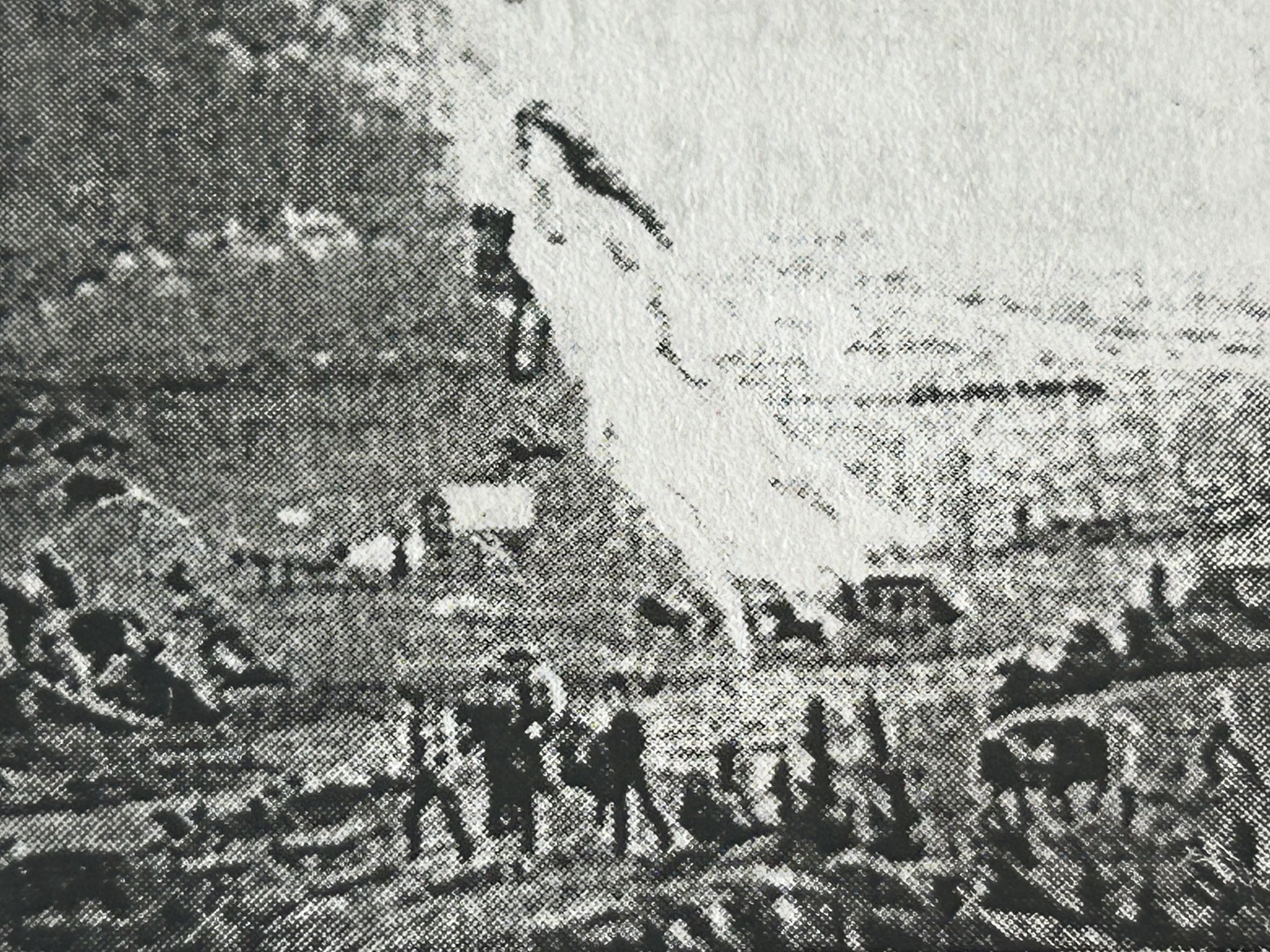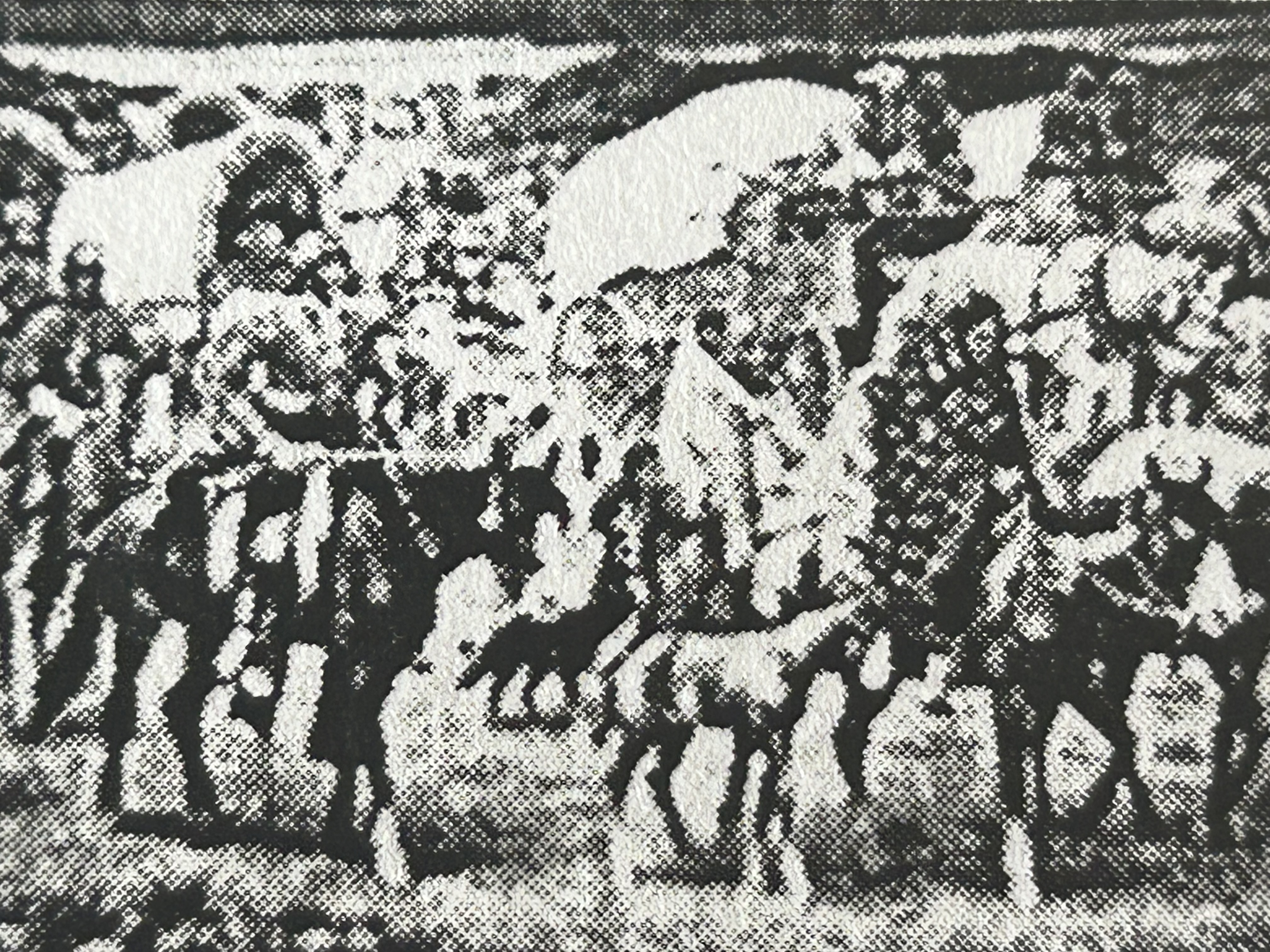Unit Four: Jacksonian Democracy, Manifest Destiny, Sectionalism
1/54
Earn XP
Description and Tags
Name | Mastery | Learn | Test | Matching | Spaced |
|---|
No study sessions yet.
55 Terms
Suffrage
The right to vote in eletctions.
Democracy
A system of government where the people hold power.
Nullify
To legally invalidate/cancel.
Equality
The state of being equal in status, rights, and oppourtunities.
Sectionalism
Loyalty or support for a particular section of a nation.
Sovereign
Possesing surpreme or ultimate power.
Compromise
An agreement or settlement of a dispute that is reached by each side making concessions.
Abolition
The act of officially ending or prohibiting something, especially slavery.
Annex
To incoorporate a territory into an existing political unit, such as a country or state.
Temperance
Moderation or self - restraint of the consumption of alchohol.
Prohibition
The legal act of prohibiting the sale of alchohol.
Jacksonian Democracy
Supported expanded suffrage of the “common man,” spoils systems, and states’ rights.
Universal Male Suffrage
The removal of land requirements to participate resulted in Jackson’s win.
Nullification Crisis
Disagreement between Calhoun and Jackson on wether a state could ignore federal law (specifically a tariff) that Calhoun believed would hurt the South.
Indian Removal Act
Forced thousands of Native Americans to leave their homelands and resettle west of the Mississippi River.
American System
America should be based on protective tarrifs, infrastructre development, re-establish the Bank of the US, and geographic specialization.
Manifest Destiny
Belief that America was to be settled from the Atlantic to the Pacific.
Mexican War
Occured after the US annexed Texas and insisted Texas’ new border was the Rio Grande.
War for Texas Independence (Revolution)
Rebellion of colonists from US against the Mexican Government.
Popular Sovereignty
Government is created by and subject to the will of the people.
Oregon Territory
Aquired through a treaty with Britain and was jointly occupied until “54* 40’ or fight”.
Erie Canal
Stretches 363 miles and connects the Great Lakes to the Atlantic Ocean.
Treaty of Gualdupe Hidalgo
America acquired 55% of Mexico for $15 million.
Gadsden Purchase
Paid $10 million to Mexico in hopes of building a transcontinental railroad.
Andrew Jackson
War hero at the Battle of New Orleans, 7th President, Trail of Tears.
Henry Clay
Kentucky Senator, promoted economic growth for the American System.
Frederick Douglass
Abolitionist who wrote an Autobiography and told of his escape from Slavery.
William Lloyd Garrison
Abolitionist, journalist, social reformer best known for “The Liberator.”
Elizabeth Cady Stanton
Led the Seneca Falls Convention and wrote “Declaration of Sentiments”.
Angelina and Sarah Grimke
Prominent activists for abolition and women’s rights.
Nat Turner
Led a four-day rebellion of both enslaved and free Black people in Virginia.
James K. Polk
11th President and saw the completion of Manifest Destiny.
John C. Calhoun
South Carolina Senator and Vice President; Nullification Crisis.
Harriet Tubman
Abolitionist who helped hundreds of slaves escape by the Underground Railroad.
Sojourner Truth
Abolitionist who gave speeches about her children being taken and sold into slavery.
Stephen F. Austin
Led the successful colonization of the Tejas region of Mexico; known as the “Father of Texas”.
Public Education
For democracy to be effective an educated population was needed.
Women’s Equality
Create a society where women and men have the same opportunities.
Prison Reform
The poor conditions were reported by Dorothea Dix including overcrowded, poor healthcare, advocating for rehabilitation.
Second Great Awakening
Spread a message of salvation for all; source for the reform movements.
Care for the Disabled
American School for the Deaf opened in 1817, leading to laws to protect them, colleges, and national associations to provide advocacy.
Temperance Movement
Moderation of alchohol consumption for the sake of one’s family.
Labor Laws
First introduced a minimum wage, reduced hours and jobs women and children should do.
Industrial Revolution
Led to technological innovations including the factory system, cotton gin, and spinning jenny.
Missouri Compromise
Said no territories above 36*30’ latitude was to have slavery.
Wilmot Proviso
“Slavery nor involuntary servitude shall exist” in lands won from Mexico.
Compromise of 1850
Combination of five bills to attempt to reduce sectional tensions.
Kansas-Nebraska Act
Made the territories able to vote wether to be slave or free.
Scott v. Sanford
Decision which upset Abolitonists who wanted free territories.
John Brown’s Raid
Attempted to start an armed slave uprising; stopped by Robert E. Lee.
Election of 1860
The reason South Carolina decided to leave the Union.

Who is this?
Fredrick Douglas

What does this picture depict?
Electoral map of Abraham Lincoln winning the election.

What does this picture depict?
Manifest Destiny

What does this picture depict?
Indian Removal Act